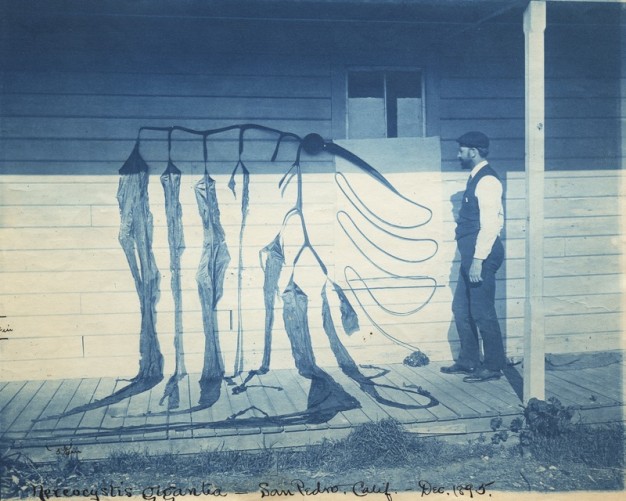Osterhout and His Algae, or What’s Going On In This Picture?!
During the Coronavirus pandemic, the APS Manuscripts team has been working on a data entry project from home, expertly managed by the Head of our department, Valerie-Ann Lutz. One of the collections I’ve been working with for this project is the W. J. V. (Winthrop John Van Leuven) Osterhout papers, which contains this beautifully surreal photograph (see above).
Since I have a background in art, the photo immediately grabbed my attention. The organic form reminded me of an Alexander Calder mobile, or perhaps a Joan Miro painting? But no, this is a documentary photograph of a giant algae specimen! Intrigued by this unusual image, I became interested in learning more.
Winthrop John Van Leuven Osterhout (2 August 1871 – 9 April 1964) was an American botanist, physiologist, professor, author, and editor. He was a significant figure among American biologists in the early 20th century—one of the few botanists to use physical chemistry—and participated in a larger movement to establish these methods in the life sciences. A long-time academic, he promoted general physiology as a discipline, and investigated the cellular structure of algae, as well as its properties and behavior in reaction to biochemical elements. He held positions at Brown University, the University of California at Berkeley, Harvard University, and the Rockefeller Institute for Medical Research. He also served as an editor for the Journal of General Physiology.
Evidently the blue-tinted algae photograph was taken at San Pedro, California in December 1895, based on the inscription on the back of the image. Around the same time, Osterhout had just moved to Berkeley to start his doctorate work at the University of California. He was following in the footsteps of his mentor, W. A. Setchell. Given Dr. Setchell’s beard, he may be the person featured for scale in the photograph, with Osterhout possibly serving as the photographer.
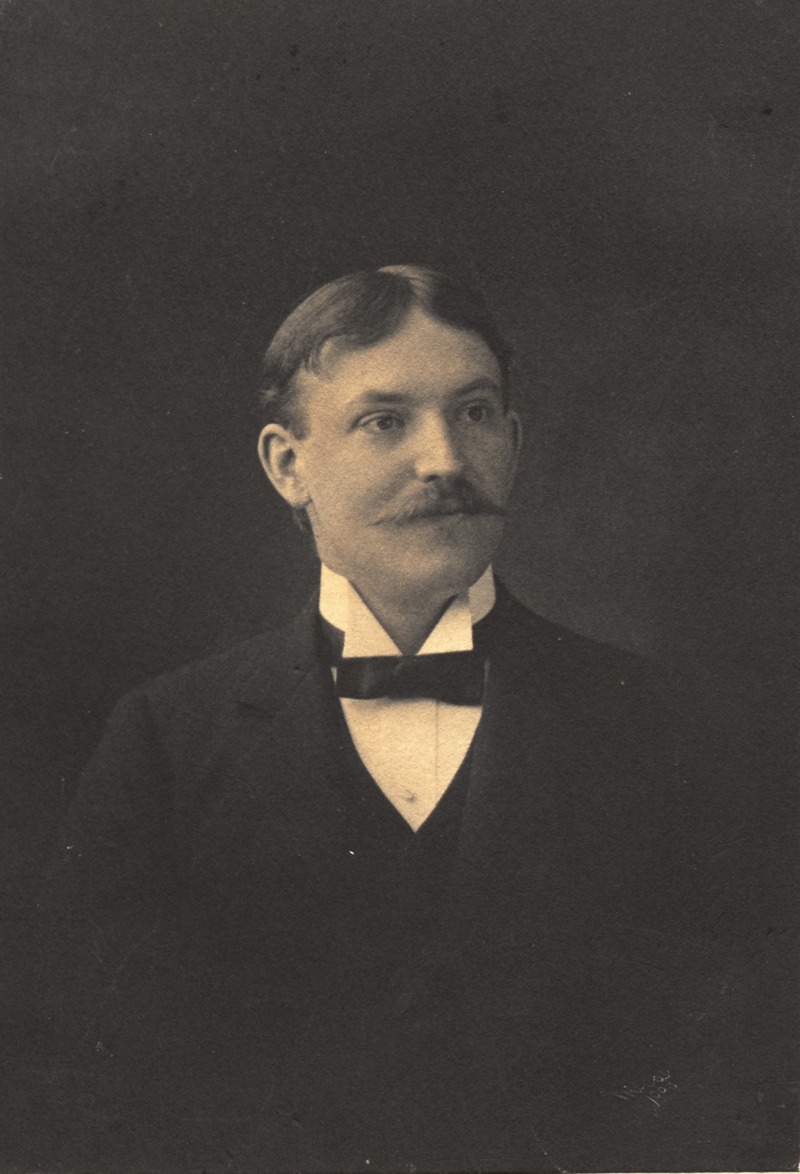
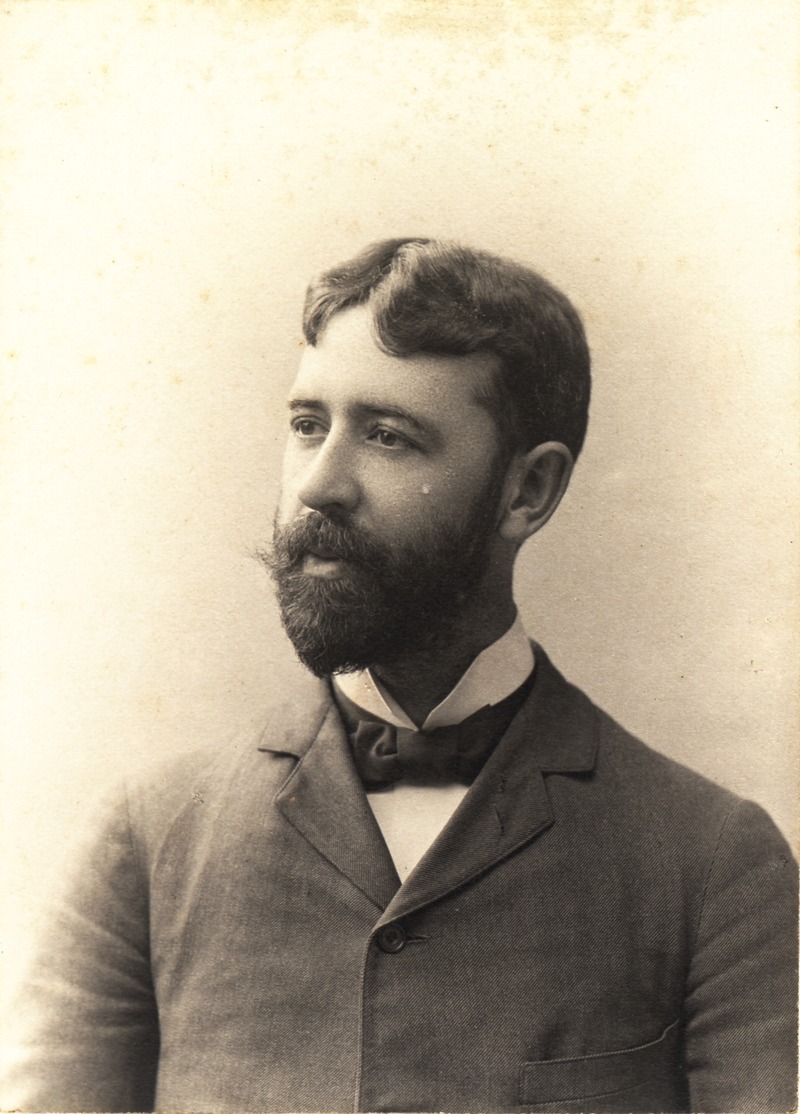
The two scientists had met earlier at the famous Marine Biological Laboratory in Woods Hole, Massachusetts, where Osterhout began his study of algae while earning his undergraduate degree at Brown University. While the type of algae featured in the photograph is Nereocystis gigantea, Oesterhout’s dissertation focused on Rhabdonia, a genus of red algae.
The photograph is blue because it is a cyanotype, a non-silver process that was used in the late 19th and early 20th century. It was developed by another chemist (and astronomer), John Frederick William Herschel (1792-1871). Beyond its use for architectural blueprints, cyanotypes were employed as an inexpensive way to create a test image before a more costly process was used, such as silver or platinum. While this image is the only version existing in the Osterhout papers, it’s possible that another instance may exist somewhere else.
It’s also plausible that whoever took the photo was using the cyan process as an economical means for field work. Interestingly enough, an acquaintance of Herschel’s, botanist Anna Atkins (1799-1871), used cyanotypes to illustrate her three-volume set, Photographs of British Algae (1843-1853). It was the first publication to use photography as a means of illustration and could have been consulted by Osterhout, given its importance in the field.
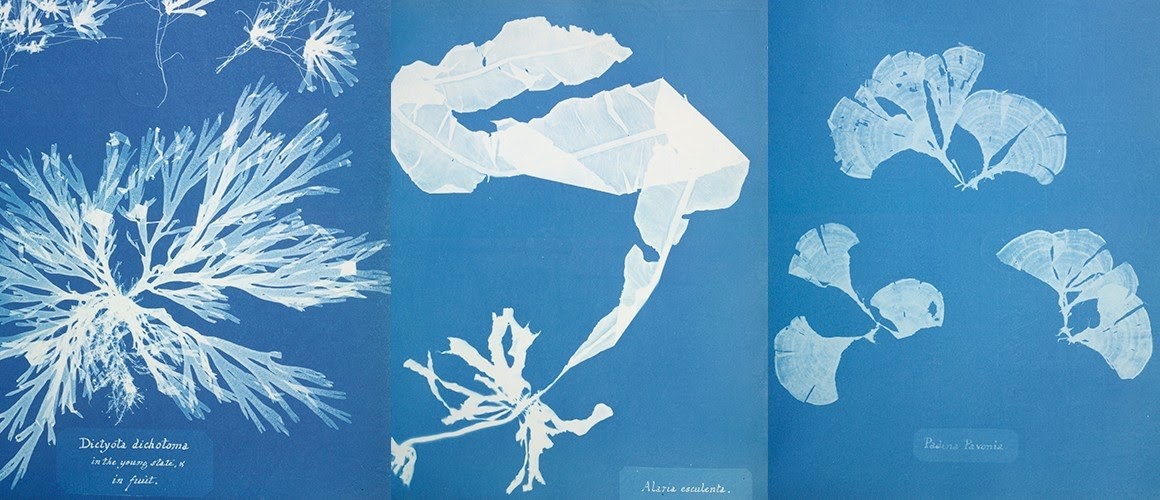
Osterhout later went on to work at Harvard University and the Rockefeller Institute, where he continued to experiment with giant algae cells and investigated their electric conductivity (or how electrolytes are able to penetrate organic tissues). He was the first to theorize how the active transport mechanisms in carrier molecules could move solutes across cell membranes.
While this may sound like specialized knowledge, think of how a sports drink can be refreshing after a workout. It is because the electrolytes in the beverage are being carried through your system through hydration, which helps your body recover on a cellular level. While human athletes and giant algae are very different organisms (!), there is still some correlation between what Osterhout observed in the laboratory and what we now know to be good practice after exerting ourselves.
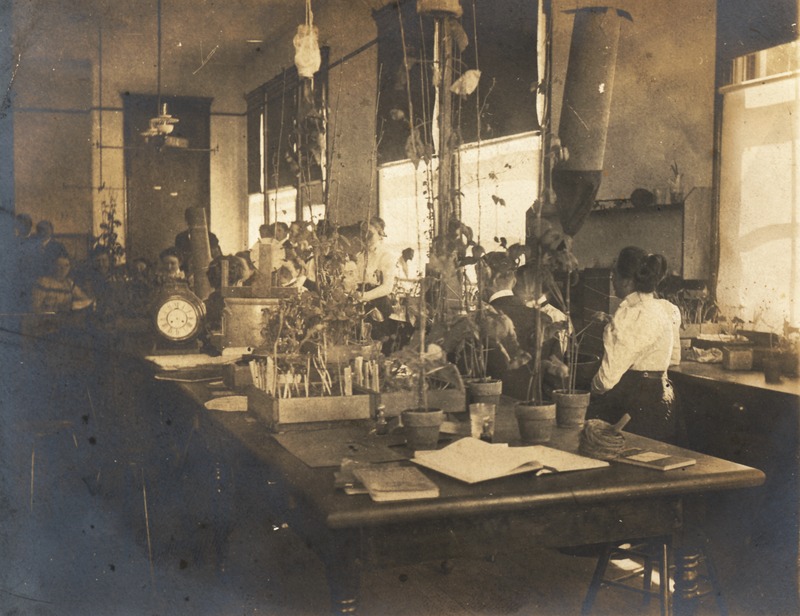
To learn more about Osterhout and his discoveries, feel free to check out his new and improved finding aid and explore other digitized photographs in this collection, which are accessible through our Digital Library.


